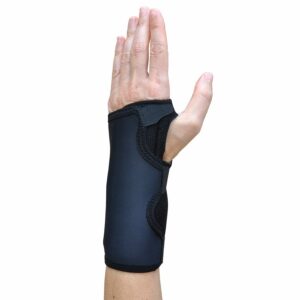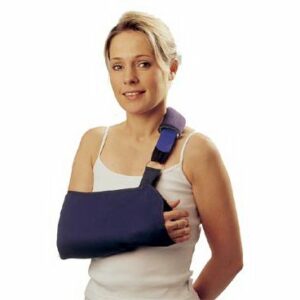Radius Fracture
Updated:
(Also known as a Colles’ Fracture, Broken Wrist, Wrist Fracture, Fractured Radius, Distal Radius Fracture, Broken Radius)
What is a radius fracture?
A radius fracture is a relatively common condition characterized by a break in one of the long bones of the forearm known as the radius (figure 1).
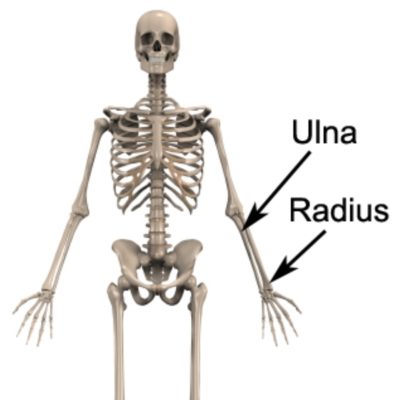
The forearm comprises of 2 long bones known as the radius and ulna which are situated beside each other (figure 1). The radius bone lies on the thumb side of the forearm and forms joints with the ulna (near the elbow and wrist) and several small bones at the wrist (figure 1).
During certain activities such as a fall on the outstretched hand, stress is placed on the radius bone. When this stress is traumatic and beyond what the bone can withstand a break in the radius may occur. This condition is known as a radius fracture.
A radius fracture is common among the elderly, but can also occur in the younger patient. Often a fracture to the radius occurs in combination with fractures to other bones such as the ulnar or scaphoid.
Causes of a radius fracture
A radius fracture most commonly occurs due to a traumatic weight bearing force through the wrist such as a fall onto an outstretched hand. This may occur with any fall, but is particularly common in sports such as skateboarding or snowboarding (particularly in icy conditions) where a fall onto a hard surface is unforgiving.
Signs and symptoms of a radius fracture
Patients with this condition typically experience a sudden onset of sharp, intense wrist or forearm pain at the time of injury. This often causes the patient to cradle the affected arm so as to protect the wrist. Pain is usually felt on the thumb side of the wrist and forearm and can occasionally settle quickly leaving patients with an ache at the site of injury that is particularly prominent at night or first thing in the morning. Patients with a radius fracture may also experience swelling and pain on firmly touching the affected region of the bone. Pain may also increase during certain movements of the wrist, when gripping or during weight-bearing activity (such as pushing) through the affected wrist. In severe radius fractures (with bony displacement), an obvious deformity may be detected.
Diagnosis of a radius fracture
A thorough subjective and objective examination from a physiotherapist is essential to assist with diagnosis of a radius fracture. An X-ray is usually required to confirm diagnosis. Further investigations such as an MRI, CT scan or bone scan may be required, in some cases, to assist with diagnosis and assess the severity of injury.
Treatment for a radius fracture

Members Only ContentBecome a PhysioAdvisor Member to gain full access to this exclusive content. For more details see Become a Member. Already a member? Login Now
Prognosis of a radius fracture
Patients with a fractured radius usually make a full recovery with appropriate management (whether surgical or conservative). Return to activity or sport can usually take place in weeks to months and should be guided by the treating physiotherapist and specialist. In patients with severe injuries involving damage to other bones, soft tissue, nerves or blood vessels, recovery time may be significantly prolonged.
Physiotherapy for a radius fracture
Physiotherapy treatment (particularly following removal of the plaster cast or following surgery) is vital in all patients with this condition to hasten healing and ensure an optimal outcome. Treatment may comprise:
- soft tissue massage
- joint mobilisation
- electrotherapy (e.g. ultrasound)
- dry needling
- taping or bracing
- ice or heat treatment
- exercises to improve strength and flexibility
- education
- activity modification advice
- a graduated return to activity plan
Other intervention for radius fracture
Despite appropriate physiotherapy management, some patients with this condition do not improve adequately and may require other intervention. The treating physiotherapist or doctor can advise on the best course of management when this is the case. This may include further investigations such as X-rays, CT scan, MRI or bone scan, extended periods of plaster cast immobilisation or referral to appropriate medical authorities who can advise on any intervention that may be appropriate to improve the fractured radius. Occasionally, patients may require surgery to stabilise the fracture and a bone graft to aid fracture healing.
Exercises for a radius fracture
The following exercises are commonly prescribed to patients with a fractured radius following confirmation that the fracture has healed, and, removal of the plaster cast (or, sometimes, following surgery to stabilise the fracture with plates and / or screws). You should discuss the suitability of these exercises with your physiotherapist prior to beginning them. Generally, they should be performed 3 times daily and only provided they do not cause or increase symptoms.
Your physiotherapist can advise when it is appropriate to begin the initial exercises and eventually progress to the intermediate and advanced exercises. As a general rule, addition of exercises or progression to more advanced exercises should take place provided there is no increase in symptoms.
Initial Exercises
Hand Open and Close
Curl your fingers and thumb making a tight fist then straighten your fingers as far as you can go without pain and provided you feel no more than a mild to moderate stretch (figure 2). Repeat 5 – 15 times provided the exercise is pain free.
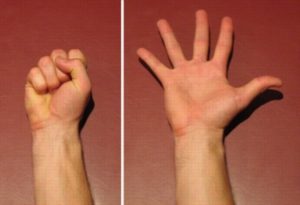
Thumb Opposition
Move your thumb to each finger tip beginning with your index finger and finishing with your little finger as demonstrated (figure 3). If your thumb can not reach your finger tips, move as far as you can go without pain and provided you feel no more than a mild to moderate stretch. Repeat 5 – 10 times to each finger provided the exercise is pain free.
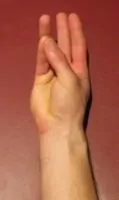
Thumb Extension to Flexion
Move your thumb away from your fingers and across your palm as demonstrated (figure 4). Repeat 5 – 15 times as far as you can go without pain and provided you feel no more than a mild to moderate stretch.
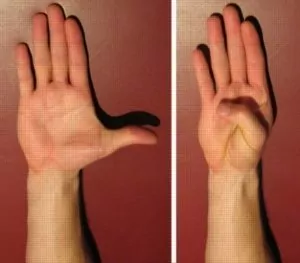
Elbow Bend to Straighten
Bend and straighten your elbow as far as possible pain-free (figure 5). Repeat 10 times provided there is no increase in symptoms.

Wrist Bends
Begin this exercise with your forearm supported by a table or bench and your wrist and fingers over the edge (figure 6). Slowly bend your wrist forwards and backwards as far as you can go without pain and provided you feel no more than a mild to moderate stretch. Repeat 10 times provided there is no increase in symptoms.
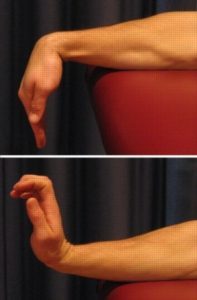
More Initial Exercises

Members Only ContentBecome a PhysioAdvisor Member to gain full access to this exclusive content. For more details see Become a Member. Already a member? Login Now
Intermediate Exercises

Members Only ContentBecome a PhysioAdvisor Member to gain full access to this exclusive content. For more details see Become a Member. Already a member? Login Now
Advanced Exercises

Members Only ContentBecome a PhysioAdvisor Member to gain full access to this exclusive content. For more details see Become a Member. Already a member? Login Now
Rehabilitation Protocol for a fractured radius

Members Only ContentBecome a PhysioAdvisor Member to gain full access to this exclusive content. For more details see Become a Member. Already a member? Login Now
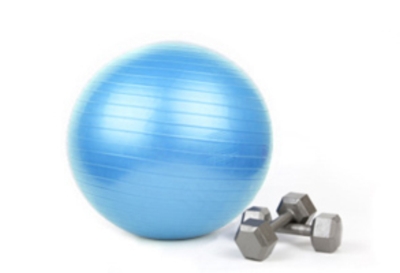 Physiotherapy products for a radius fracture
Physiotherapy products for a radius fracture
Some of the most commonly recommended products by physiotherapists to hasten healing and speed recovery in patients with this condition include:
To purchase physiotherapy products for a fractured radius click on one of the above links or visit the PhysioAdvisor Shop.
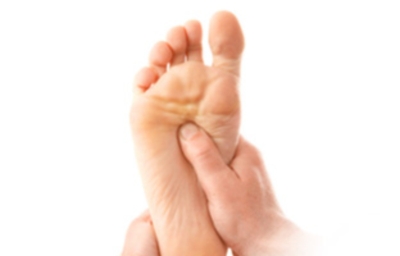 Find a Physio
Find a Physio
Find a Physiotherapist in your local area who can treat this condition.
 More information
More information
- Wrist Strengthening Exercises.
- Wrist Flexibility Exercises.
- Ice or Heat.
- R.I.C.E. Regime.
- Wrist Taping.
- Wrist Diagnosis Guide.
Become a PhysioAdvisor Member

Link to this Page
If you would like to link to this article on your website, simply copy the code below and add it to your page:
<a href="https://physioadvisor.com.au/injuries/wrist-hand/radius-fracture”>Radius Fracture – PhysioAdvisor.com</a><br/>PhysioAdvisor offers detailed physiotherapy information on a radius fracture including: causes, symptoms, diagnosis, treatment, exercises, physiotherapy products and more...
Return to the top of Radius Fracture.


